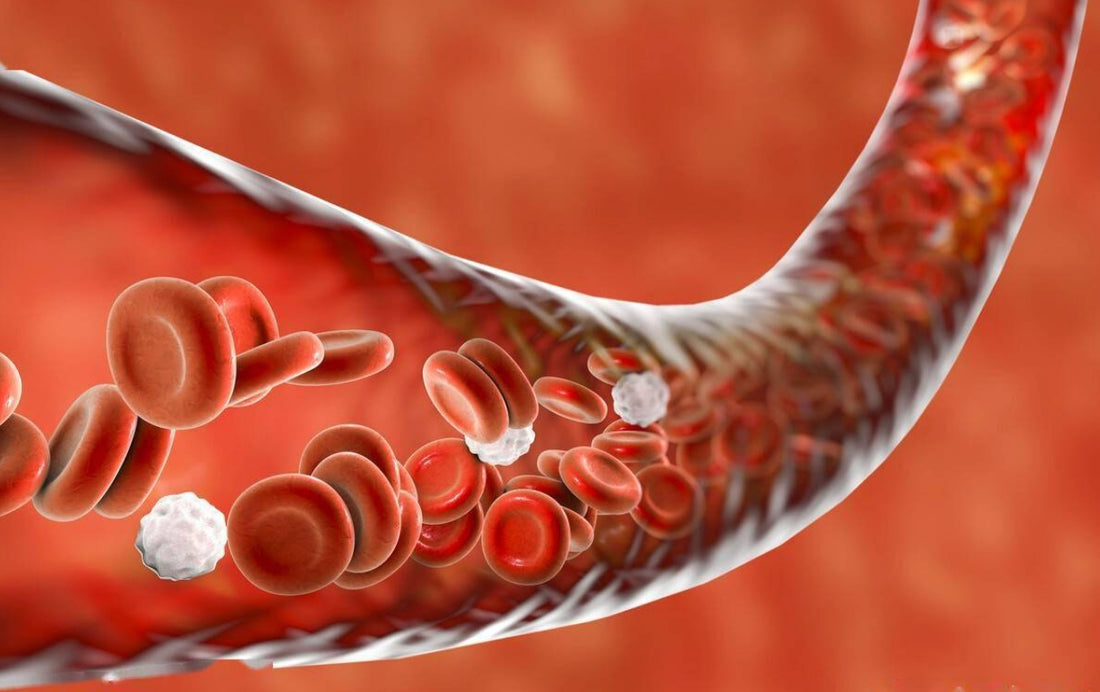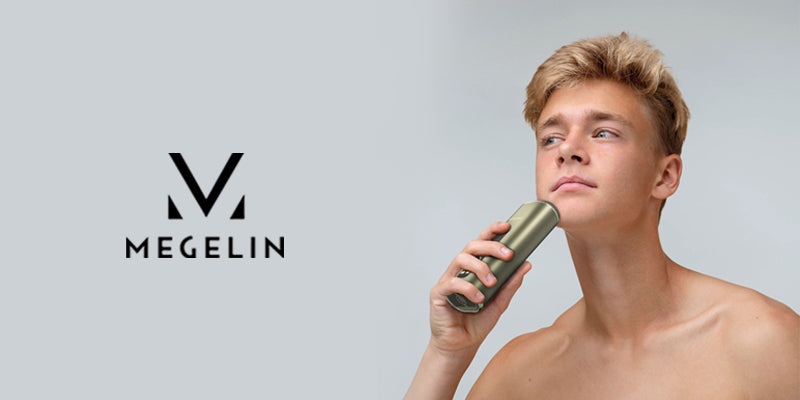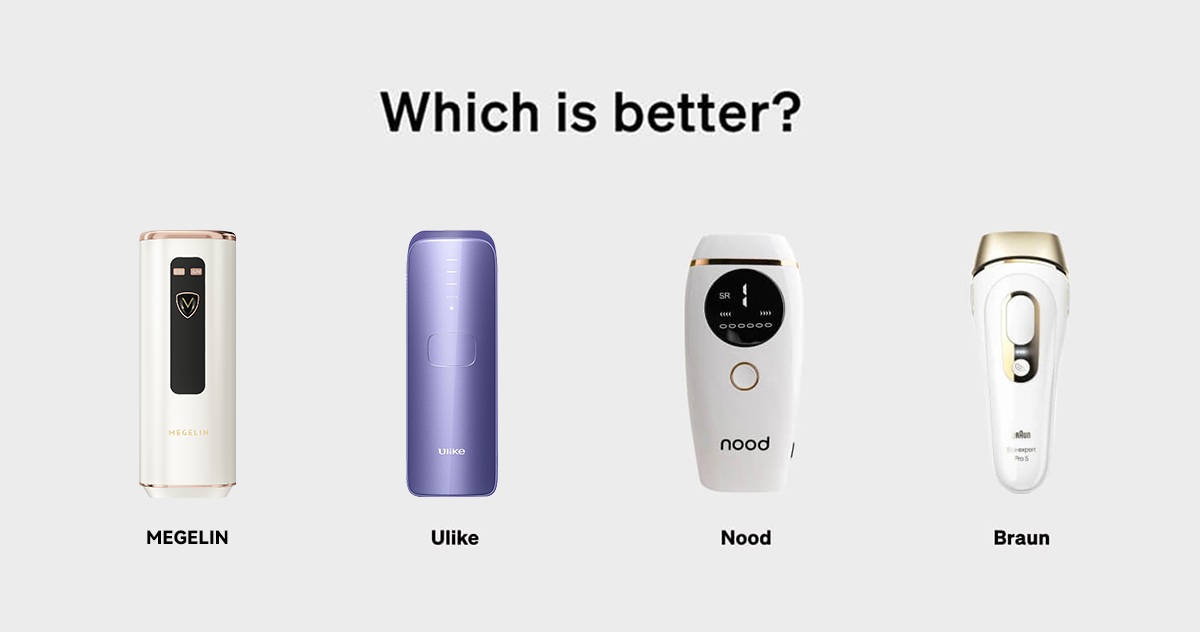
Red Light Therapy Cost: Is It Worth Your Investment?
2MegelinIn the burgeoning world of wellness technologies, red light therapy stands out for its benefits, from anti-aging to muscle recovery. Understanding the red light therapy cost is crucial for anyone considering it in their health regimen. Studies highlight its potential in addressing joint pain and skin rejuvenation, leading to curiosity about how much red light therapy costs in clinics and at home.
This article delves into red light therapy costs, comparing professional treatments with the convenience of at-home red light therapy devices. By examining red light therapy panels, devices, and wavelengths, readers will gain insights into the required investment and its benefits. From breaking down the red light therapy price in clinics to evaluating the affordability of at-home red light therapy solutions, this guide helps inform decisions for anti-aging, joint pain relief, or muscle recovery.
Understanding Red Light Therapy
What It Is
Red Light Therapy (RLT) is a form of treatment that employs low levels of red light to improve the appearance of the skin by reducing wrinkles, scars, redness, and acne. It is also used to treat a variety of other medical conditions. This therapy is gaining attention for its potential to enhance skin health and treat various physical ailments without the damaging effects of UV rays found in traditional tanning methods[1][2][3][1][2][3][4][1][2].
How It Works
The mechanism behind RLT involves the stimulation of mitochondria within the body's cells, often referred to as the cell's "power plants." By enhancing mitochondrial function, cells gain more energy to perform tasks such as repairing skin, boosting new cell growth, and enhancing skin rejuvenation. Red light therapy devices, including LEDs and lasers, emit specific light wavelengths that penetrate the skin and stimulate these cellular processes[1][2][3][1][2][3][4][1][2].
Benefits of Red Light Therapy
RLT offers several health benefits, prominently in skin health by stimulating collagen production, which is crucial for maintaining the skin's elasticity and structure. It also increases fibroblast production that helps in creating collagen and enhances blood circulation to tissues, reducing cell inflammation. Research indicates that RLT may also be effective in treating pain related to inflammation, such as in conditions like rheumatoid arthritis. Furthermore, studies suggest potential benefits in treating skin conditions like psoriasis, reducing acne scars, and promoting wound healing and tissue repair[1][2][3][1][2][3][4][1][2].
Professional Red Light Therapy Costs
Average Session Costs
Professional red light therapy sessions can range significantly in cost depending on the clinic's location and the services provided. Typically, a single session may cost anywhere from $40 to $150[5][5]. Some clinics offer initial sessions at discounted rates or even free with certain promotions, such as a coupon code for a first session at no cost[6][6].
Additional Services Included
Many providers offer packages that can reduce the per-session cost. For instance, packages like 10 pod sessions might cost $399, averaging $39 per session, which includes a digital punch card without a monthly agreement[6]. Additionally, comprehensive treatment plans may include complementary services such as microneedling or massages, which can affect the overall cost and value of the treatment[7].
Insurance Considerations
Coverage for red light therapy varies widely among insurance companies. Some may cover the therapy under certain conditions, while others may not recognize it as a necessary medical treatment. It's crucial for individuals to consult their insurance plans and discuss with their healthcare providers to understand the coverage possibilities. In some cases, insurers may categorize red light therapy as essential for specific conditions, affecting the coverage[8].
At-Home Red Light Therapy Devices
Cost of Different Devices
At-home red light therapy devices vary significantly in price, ranging from $149 to several thousand dollars[9]. Factors influencing the cost include the device's power, size, and features. Some devices are designed for specific treatments like skin rejuvenation or pain relief, while others offer more general wellness benefits.
Features to Look For
When selecting an at-home red light therapy device, it's crucial to consider the wavelength and irradiance. The ideal wavelength ranges between 660-670 nm and 830-850 nm, which are optimal for skin health and deeper tissue treatments[10]. Additionally, devices with higher irradiance can deliver more energy, potentially improving the therapy's effectiveness[11]. Consumers should also look for FDA-cleared or CE certified devices to ensure safety and effectiveness[12].
Pros and Cons
The primary advantage of at-home devices is convenience, allowing users to manage their treatments on their own schedule [3]. However, these devices are generally less powerful than professional-grade models, which may affect the results [9]. Safety is another consideration; while most devices are safe, improper use can lead to skin damage such as burns or blisters [3]. Therefore, it's essential to follow all manufacturer instructions and consult with a healthcare provider before starting treatments [3][9].
Conclusion
As we have explored, red light therapy presents a promising option for those seeking to enhance their wellness and address a range of health issues, from skin rejuvenation to pain relief. The investment in red light therapy, whether through professional services or at-home devices, requires consideration of both costs and benefits. By understanding the differences in pricing, device features, and treatment efficacy, individuals can make informed decisions, balancing their health needs with their financial considerations. It becomes clear that whether red light therapy is worth the investment hinges on personal health goals and the value placed on achieving potential benefits such as improved skin health and pain management.
The broader implications of adopting red light therapy suggest not only personal health improvements but also the potential to impact wellness practices on a larger scale. For those contemplating this therapy, the step forward involves weighing the initial outlay against the long-term advantages, recognizing that the ultimate goal is enhanced well-being. As the field of red light therapy advances, further research may shed light on its full capabilities, encouraging a more informed and widespread adoption. The journey towards better health and wellness, potentially aided by red light therapy, invites a proactive approach to personal care, guided by both scientific insight and individual health aspirations.
FAQs
- Is investing in red light therapy worthwhile?
Red light therapy can be a worthwhile investment, offering benefits such as enhanced skin appearance, improved wound healing, and effective pain management. This therapy leverages light energy to assist in treating skin and muscle issues, including scarring and tendonitis. - Are personal red light therapy devices a good investment?
Personal red light therapy devices have proven beneficial for many, especially in managing pain. According to Baum, these devices enhance circulation and reduce inflammation, making them effective for joint treatment. Additionally, some users have reported hair regrowth from using these devices. - What are the potential drawbacks of red light therapy?
While red light therapy generally has a low risk of side effects, improper use, especially with home devices, can lead to adverse effects. Overexposure or using the device at too high an intensity may result in skin damage, burns, blisters, or harm to unprotected eyes. - What is the dermatological perspective on red light therapy?
Dermatologists recognize the potential of red light therapy, particularly for its safe and non-invasive characteristics and minimal side effects. Although not revolutionary for treating fine lines, wrinkles, or hair loss, it is still considered promising in dermatological treatments.
References
[1] - https://my.clevelandclinic.org/health/articles/22114-red-light-therapy
[2] - https://www.webmd.com/skin-problems-and-treatments/red-light-therapy
[3] - https://www.healthline.com/health/red-light-therapy
[4] - https://www.ncbi.nlm.nih.gov/pmc/articles/PMC3926176/
[5] - https://hoogahealth.com/blogs/news/how-much-does-red-light-therapy-cost
[6] - https://lightlounge.life/pricing
[7] - https://platinumtherapylights.com/blogs/news/red-light-therapy-cost
[8] - https://optoceutics.com/are-sad-light-therapy-lamps-box-covered-insurance-medicare/
[9] - https://www.verywellhealth.com/red-light-therapy-5217767
[10] - https://www.rehabmart.com/post/how-to-choose-a-red-light-therapy-device
[11] - https://aestheticbureau.com.au/five-factors-to-consider-when-choosing-a-red-light-therapy-device/
[12] - https://apnews.com/buyline-shopping/article/best-red-light-therapy-devices










